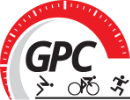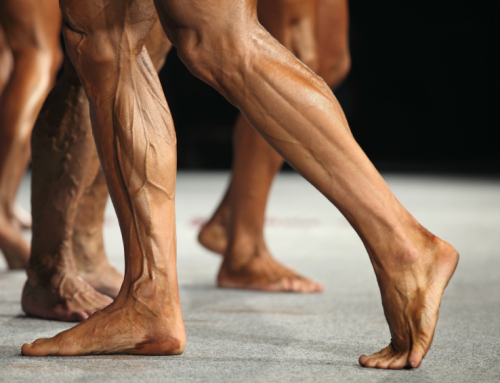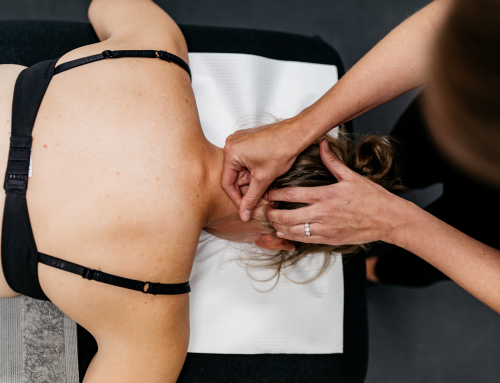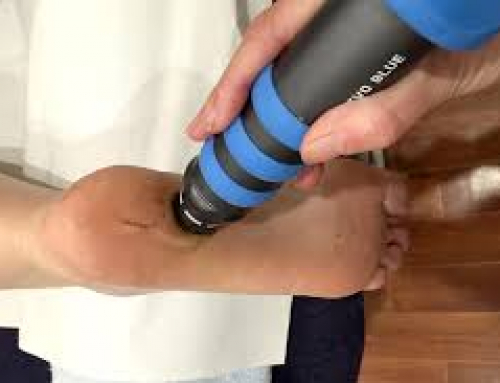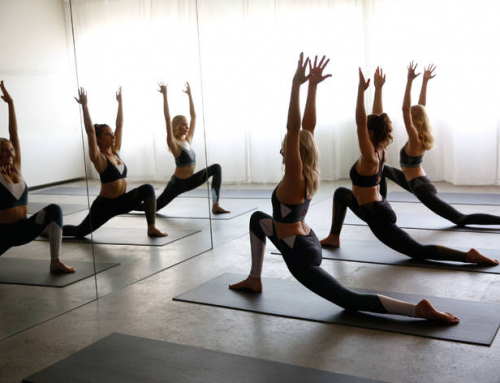Advice for Seeking Help from a Medical Professional
One of our valued sponsors and all round hilarious nerd triathlete David Birley (The Osteopaths- Newtown) shares his tips for getting the most out of your next visit to a medical professional.
So you’ve got an injury…
Most injuries are a “warning sign” that something’s amiss with your system, and that even with compensation, something’s failing. Thing is – often you’re not actually aware that there are compensators existing!
What is a “compensator”?
Of all the people we see, without doubt, the BEST compensators are athletes. Everyone’s brain is “compensating” by tightening muscles to help weak muscles that are related to it, or muscles are made weaker/less effective by signals coming from an injured ligament somewhere. It’s just that athletes push this compensation to the limit!
The muscles you think are “tight” can be tight and weak, but some muscles can be tight and strong. Your practitioner should be looking to only “releasing” tension in an area if they think it’s going to help the whole kinematic chain. Your practitioner should be asking themselves – WHY is this tight?
You don’t just release something because it’s “tight”.
At the end of the day – you’re at the mercy of what your BRAIN wants to allow you to do.
Tight hamstrings? Your brain doesn’t deem it “safe” that you move in that direction, so it stops you. Can’t look up? Pain may be there from faulty movement/posture over time, which may lead lead to a disc herniation in your neck. Your brain stops you.
Got an injury under your 2nd toe? GOOD LUCK getting your glute max to fire on that side…
…Because your BRAIN WILL STOP YOU.
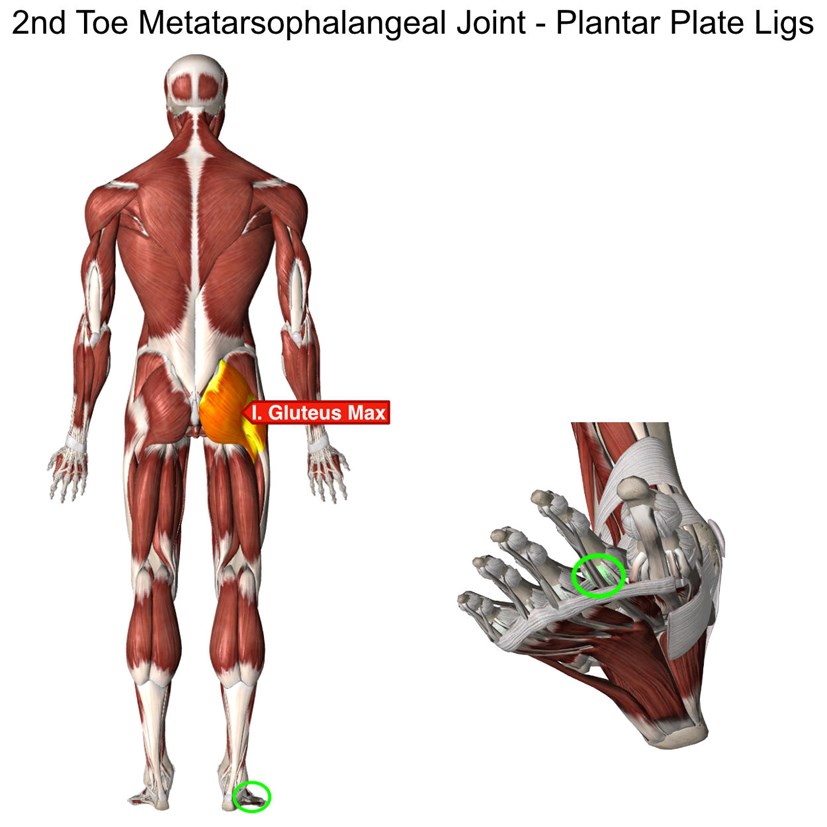
Either way – the pain doesn’t reside in the spot you think it does! The brain gets feedback from those areas, and certain receptors are sending it information to help the brain “regulate” what’s going on there. It’s the brain that needs its “feedback” modulated!
Often the treatment I provide will mean assessing to find what I think is your body’s main “compensator” and WHY it’s like it is.
The most common “issue” I see (especially with triathletes), is their Glute Max is just not that strong. Or one is stronger than the other. So – the weak guy goes looking for some backup & finds it in your hamstrings. Or it finds it in your calves or lower back, or even your neck!
That tight muscle is almost always compensating for weakness because the brain has gone looking for more help somewhere else, or there is an additional or separate pathology that is underlying the problem (e.g. ligament issues).
Nearly always the compensator requires strengthening of something else related to it.
But you can only “strengthen” something if the brain thinks it’s safe to do so.
If you’ve had problems for years, and are still training on it, reinforcing those compensators, then a practitioner like me frees your body closer to where (we think) it’s supposed to be, the body can get a bit angry because it was relying on those compensators like crazy. It can take time to adjust. The brain requires that safety before it’ll let you progress.
Sometimes this is interpreted by the patient/client/you as “the treatment made me worse”, when in fact – it could uncover the “real” problem. The practitioner may have just found the real facilitator, and your body is freaking out because it’s scrambling to pick up the pieces.
On this note, it is important to note that no practitioner is perfect for every person. The fact that we might have had over 50,000 consultations means nothing if we can’t help you get your body where it needs to be in one short 30min block. Practitioners often have a very loyal following of clients, whom afford us the “right” to help them move toward better function.
All practitioners like to think that they can get people meaningful results quickly. If they cannot help you with your issue, They should not continue to book you in once a week for a year and a half. You should get meaningful results in the first few treatments. But as human beings working with the most complicated machine, we can get it wrong. It happens!
Sometimes more than one visit is required.
Here are some tips to help you and your therapist get better results:
- Take “negative” results (after treatment) or changes to how your body feels back to your practitioner – any information is good information!
- If a follow up appointment is suggested, book in and return. If it is ongoing for months question this with your practitioner
- Know that initially you may be sore post treatment & your body may require some time to adjust to new muscles working or releasing
- See a practitioner that you know, trust and get results from their treatment. GPC have a great network of professionals if you are unsure of who to see, but if you have an existing person you like and get results with, then stick with them.
Hopefully this helps you understand that there are a million and one ways that people can have faulty movement patterns, and practitioners are different – some willl work for you others won’t, sometimes you need 2 or 3 different providers to help you get the job done.
Either way – we’re here to try and help make that process faster, and easier, while trying to help you become faster, easier!!
To book an appointment with David Birley please visit his website
For a list of all of GPC’s preferred medical professionals & service providers click here
